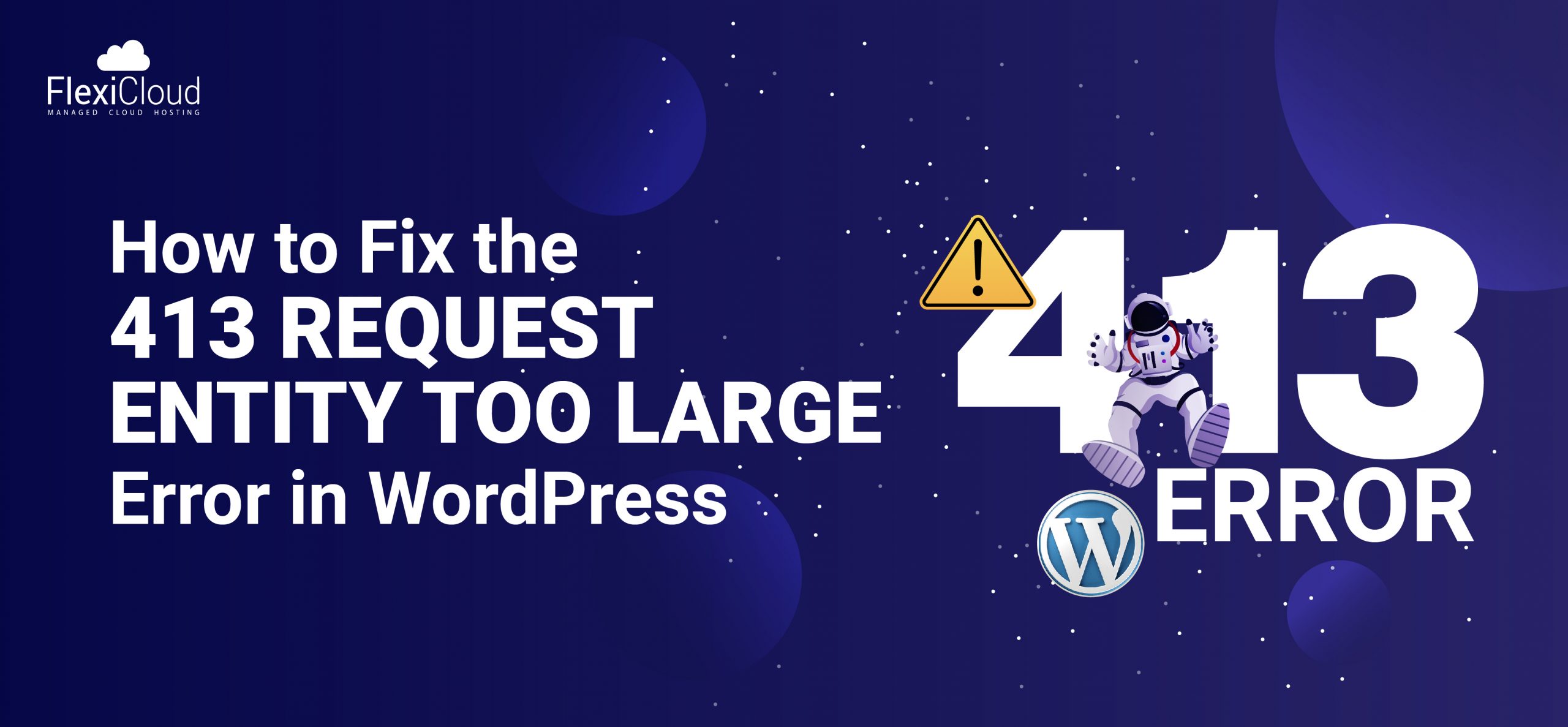Table of Contents
The LAMP stack is a popular and versatile set of open-source tools used for web server management. The acronym stands for Linux, Apache, MySQL/MariaDB, and PHP. This stack is ideal for those who want a robust and reliable platform to develop and host their websites. In this guide, we’ll walk you through the process of installing and configuring a LAMP stack on an Ubuntu server.
Introduction
Setting up a LAMP stack on a fresh cloud server is a straightforward way to get a web server up and running quickly. Whether you’re starting a new project or migrating an existing site, the LAMP stack provides a solid foundation for web development. Follow these steps to install and configure the LAMP stack on your Ubuntu server.
Step 1: Update Your Server
Before beginning the installation, ensure that your server’s package index is up to date:
sudo apt update sudo apt upgrade
Step 2: Installing and Testing Apache2
Apache is a widely used web server that serves as the “A” in LAMP. To install Apache, use:
sudo apt install apache2
With the following command, confirm that Apache is currently running.
sudo systemctl status apache2
Now you might get a screen like below given output indicating that the apache2.service is getting active and start running. To confirm that Apache is working,
Open a web browser and visit your server’s IP address. You should see the Apache2 default page.
Step 3 : Installing PHP 7.4
PHP is the scripting language that powers dynamic content on your site. Install PHP along with some common modules::
sudo apt install php7.4 php7.4-mysql php-common php7.4-cli php7.4-json php7.4-common php7.4-opcache libapache2-mod-php7.4Check the installed php version:
php --versionRestart Apache for the changes to take effect:
sudo systemctl restart apache2Step 4: Installing and securing MariaDB
Install the following packages:
sudo apt install mariadb-server mariadb-clientOnce installed, make sure it’s up and running:
sudo systemctl status mariadb You will receive a screen like shown in the below picture.
Secure the newly installed MariaDB service:
sudo mysql_secure_installationFollow the prompts to set up root passwords and remove insecure default settings.
Conclusion
Congratulations! You now have a fully operational LAMP stack with Linux, Apache, MariaDB, and PHP installed on your Ubuntu server. This powerful combination provides a solid foundation for developing and hosting your websites. You are now ready to begin developing your web applications and managing your content. Happy coding!
TRENDING OFFER



